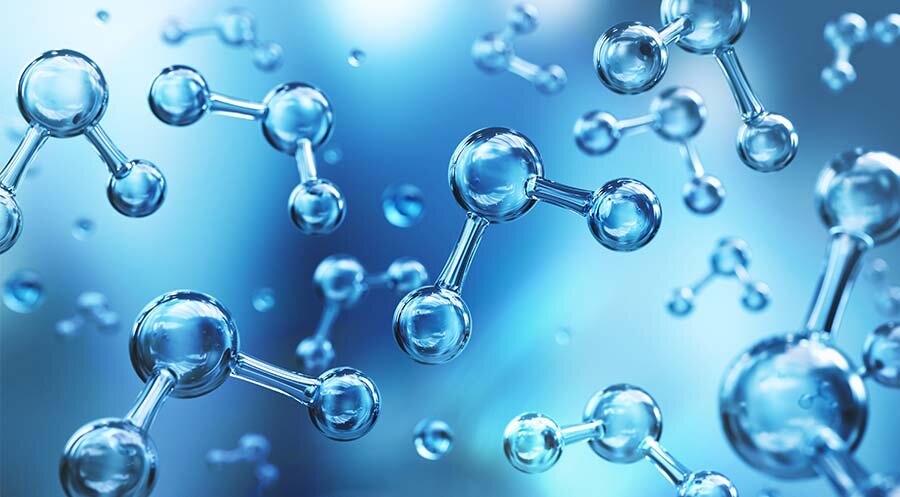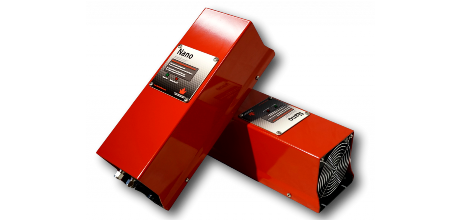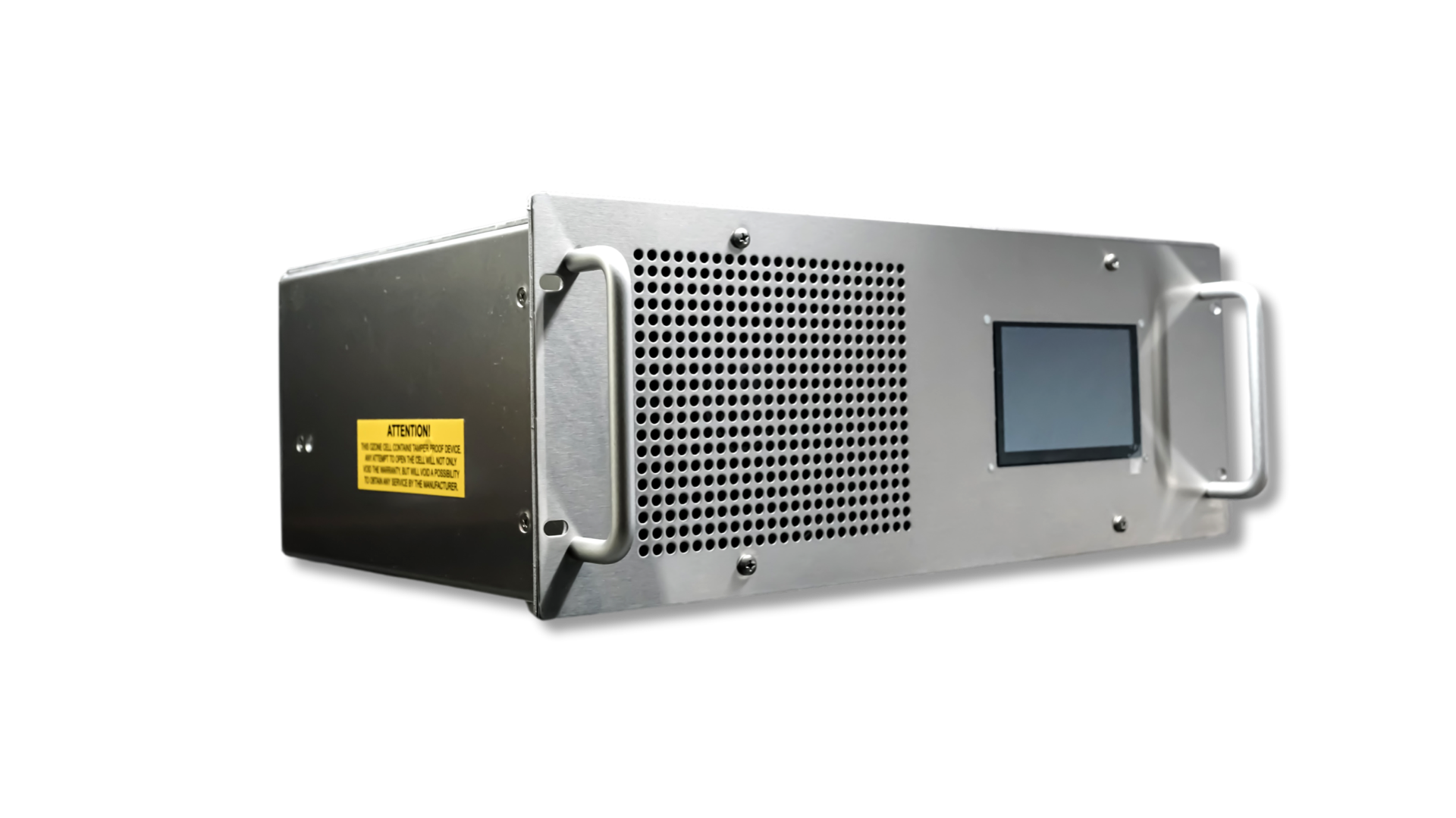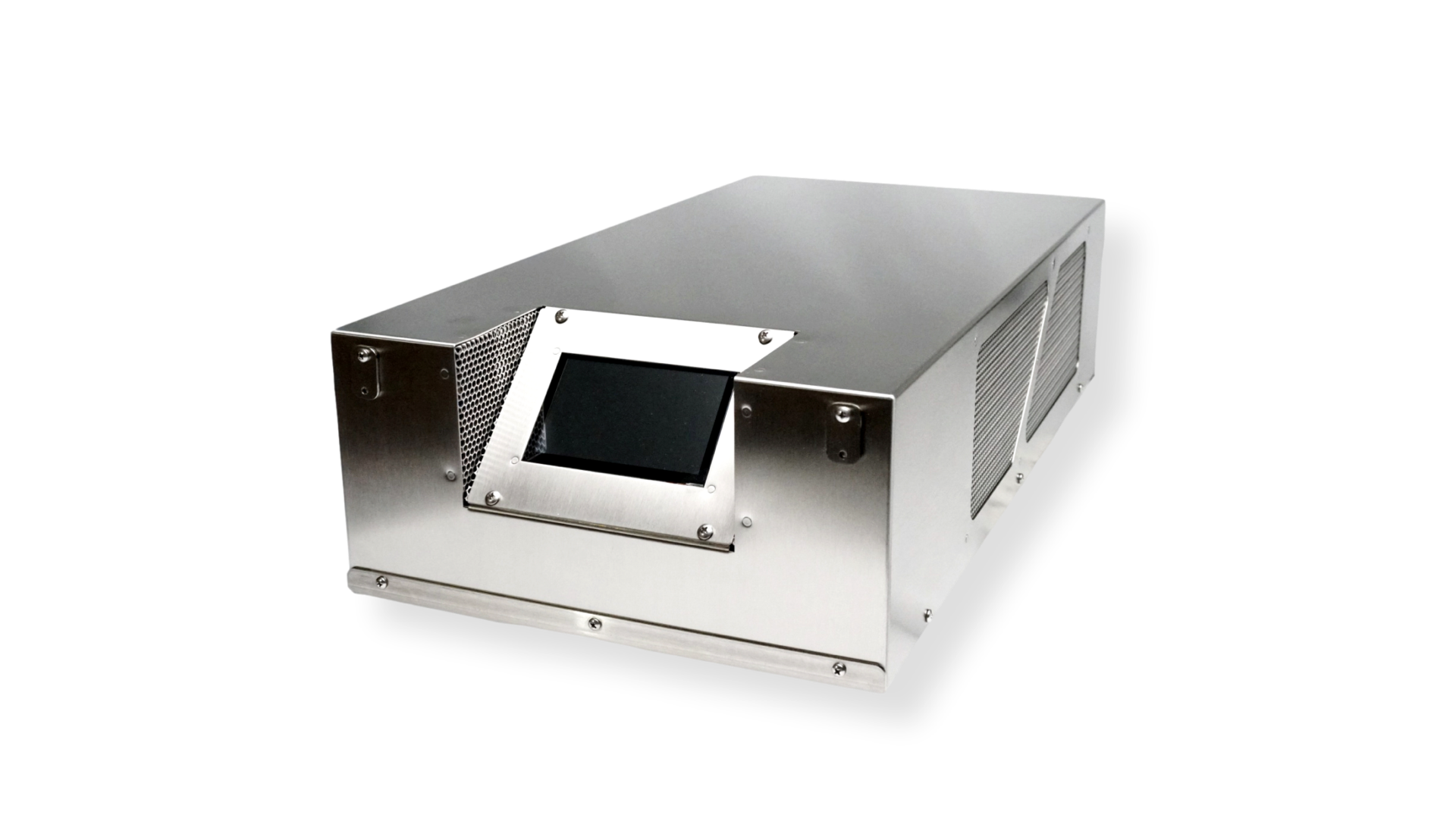Share This Story, Choose Your Platform!
Ozone Production, Concentration, and Solubility

Ozone generation is made possible through the utilization of specialized equipment known as ozone generators. These devices employ electrical discharges to convert oxygen into ozone. Ozone generators find applications in various fields, including water disinfection treatment, air purification, and food preservation. This post will delve into the important concepts of ozone production, concentration, solubility, and mass transfer. Understanding these fundamental concepts is crucial for harnessing the power of ozone safely and effectively.
Ozone gas Production
Ozone is produced using industrial ozone generators. These generators use electrical discharges to convert oxygen into ozone gas. Ozone production refers to the mass of ozone produced over time, measured in grams per hour. It is closely related to the flow of oxygen/air at the generator inlet. The ozone production rate determines the efficiency and capacity of an ozone generator.
Ozone Concentrations
Ozone Concentration refers to the amount of ozone in a given air (or water) volume. It is commonly expressed as a Part per Millon (ppm) or grams per cubic meter (g/m³) or percentage by weight (% w/w).
Higher ozone gas concentration is crucial for the economical and effective use of ozone in water treatment, air purification, and other applications. High ozone concentrations mean a higher solubility ratio.
For example, when comparing these two ozone generators
Generador “A” is a 30 g/h ozone generator that produces ozone gas at 3wt% and will require a feed oxygen flow of 12.5 SLPM.
Generator “B” is also A generator producing 30 g/h but at 10wt% and will need only 4.0 SLPM of oxygen.
Even though the two generators have the same ozone production, they produce ozone at different concentrations. For this reason, you can achieve a significant difference in their ozone solubility and, as a consequence, in their efficacy. Generator A can only dissolve 1-2% of the ozone in water, whereas Generator B can dissolve 10-12%.
Ozone Solubility:
Solubility measures the ability of ozone to dissolve in a particular medium, such as water. So, Dissolved ozone is the portion of ozone that has been transferred from the gas phase to the liquid phase and is available for oxidation reactions. The ozone solubility depends on factors such as water temperature, pressure, ozone production, concentration, and mass transfer efficiency. An important fact is that not all ozone is soluble in water. Henry’s Law dictates (simplified) that the higher the ozone concentrations, the higher the solubility ratio of ozone in water. The ozone concentration is essential for the solubility of ozone in water, but no one wants to discuss it.
Ozone mass transfer:
Ozone mass transfer refers to the process by which ozone is transferred from the gaseous phase to the liquid phase. An efficient injection method is critical for achieving the desired dissolved ozone level and ozone treatment efficiency. Initially, static mixers and ozone bubbles column were commonly used to dissolve ozone. However, nowadays, venturi injection is regarded as the most efficient method.
We have seen the following dependency:
O3 Concentration %wt |
Percentage of O3 dissolved in water |
|
1% wt |
10% |
|
3% wt |
20-30% |
|
5-7% wt |
50-70% |
|
8-10% wt |
80-90 |
|
10-14% wt |
95% |
|
14-22% wt |
97% |
WHY OZONE PRODUCTION, OZONE CONCENTRATION, AND OZONE SOLUBILITY IN WATER ARE IMPORTANT?
A while ago, I received a call from Bob, an engineer responsible for water treatment and disinfection at a large industrial plant, after buying two 60 g/h ozone generators for USD 15,000. After the ozone system ran for over an hour, only 18 grams of the 120 grams of ozone he produced were dissolved in water. The amount of ozone produced was considerable, but the concentration was deficient. As we mention, the ozone concentration is essential to ozone solubility in water.
Following my advice, we replaced his two 60 g/h low-concentration ozone generators with one high concentration 30 g/h Absolute Ozone ATLAS 30 ozone generator, illustrating the issue.
His new system had successfully given 24 g of ozone into the water (4 times more dissolved ozone now) for a quarter of the price.
ANOTHER CUSTOMER’S NIGHTMARE.
Some years ago, we learned about a customer who had to install an air-fed ozone generator for his 100 m3 swimming pool. It was purchased from one of North America’s largest manufacturers of ozone generators. The manufacturer claimed that his equipment produced enough ozone to disinfect the swimming pool.
His ozone generator was rated at 16 g/h. However, the ozone produced from that generator was only 1% weight. At that concentration, it is possible to dissolve 1.6 g of ozone in water (16 g x 10% = 1.6 g), creating a low concentration of 0.004 ppm (a concentration of 0.03-0.05 ppm is recommended for chemical-free pools, ten times more).
We suggest installing our Atlas30 generator, which has an ozone generation of 30 g/h at a 9% Wt concentration will be enough to have a happy customer with a crystal-clear, chemical-free swimming pool.
IF YOU ARE LOOKING TO SAVE MONEY, CONTACT US NOW





